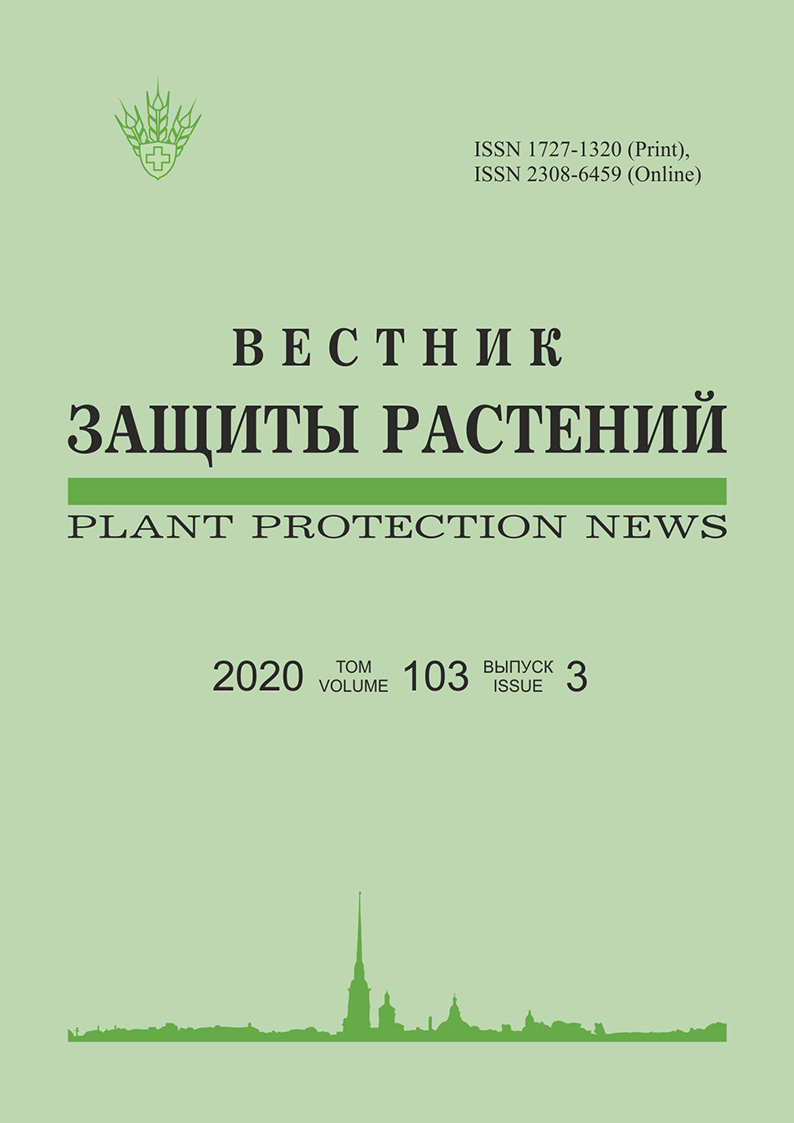The harmfulness of rhizome and creeping weeds in winter wheat and spring barley plantations in the forest-steppe South of the Non-chernozem zone
Keywords:
winter wheat, spring barley, perennial weeds, economic threshold level, productivityAbstract
The significant distribution of rhizome and root spawn weeds on plantations is among the reasons for the yield decrease in winter wheat and spring barley. The high competitiveness of weeds is largely determined by the features of their mineral nutrition. The accumulation of K2O in the Cirsium setosum and Sonchus arvensis has twice exceeded that in cultivated plants. The nitrogen content in the roots and rhizomes of weeds has been 1.5–2 times higher than in cultivated plants. Weed plants, intensively growing in the middle and upper tiers, has contributed to a greater removal of nutrients from soil. A significant decrease (> 10 %) in barley yield has been observed at a population density of 5–10 weeds/m2 in the lower tier. Winter wheat has been more stable. A reduction in yield of 10% has been recorded with 11–15 weeds/m2 of the lower tier. Decrease in plant productivity in both crops by 10–15% has been observed with population density of 5–10 weeds/m2 in the high tier. The calculation of the economic threshold level (ETL) of 5% yield loss for the lower tier weeds has ranged from 6–8 weeds/m2, at the level of 10% loss up to 8–12 weeds/m2. ETL of 5 % for weeds of medium and high level has been as follows: for Cirsium setosum– 2 weeds/m2 in crops of spring barley and4 weeds/m2 in winter wheat crops; Equisetum arvense – 4 and 5 weeds/m2, Sonchus arvensis – 2 and 4 weeds/m2, Convolvulus arvensis – 5 and 5 weeds/m2.



